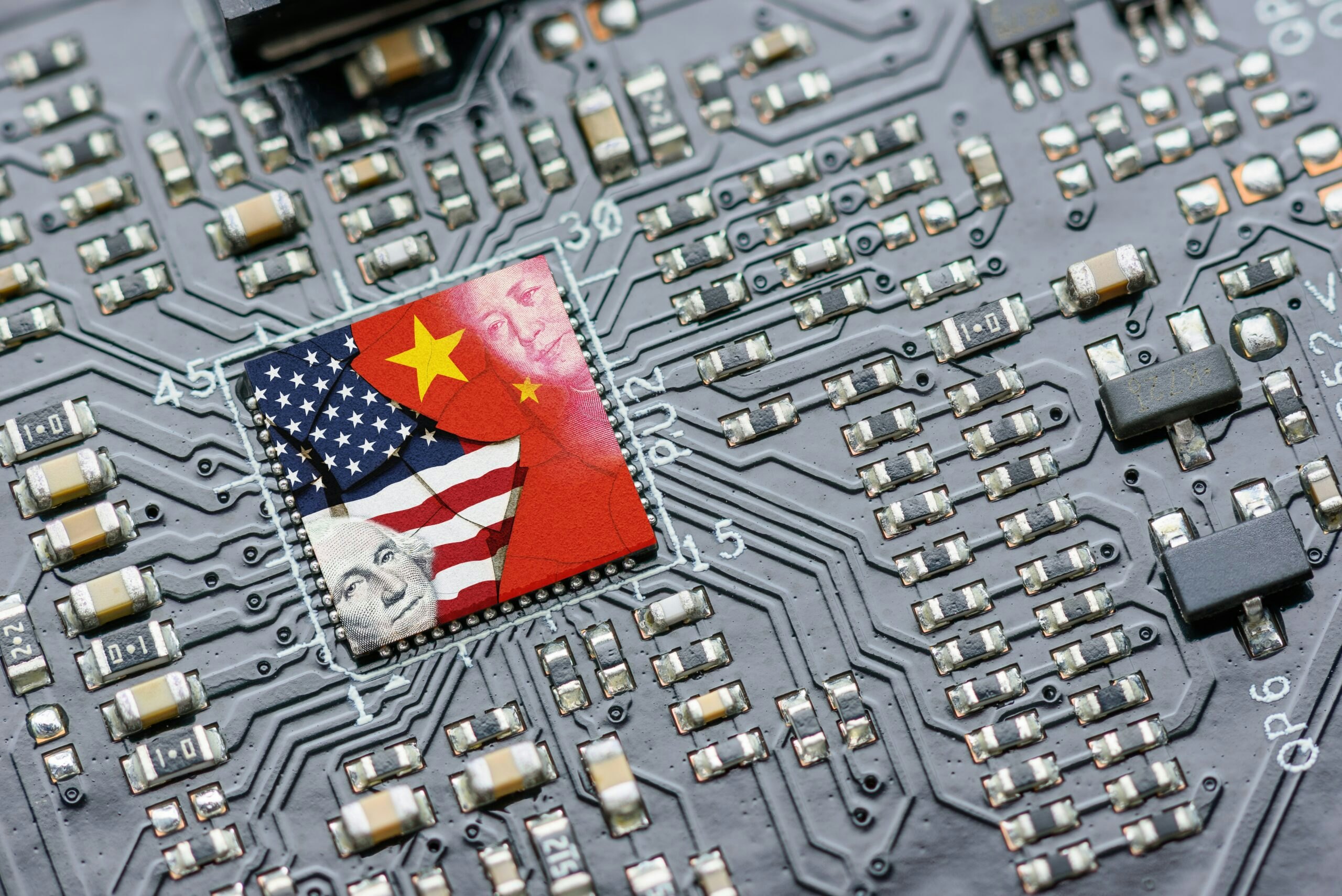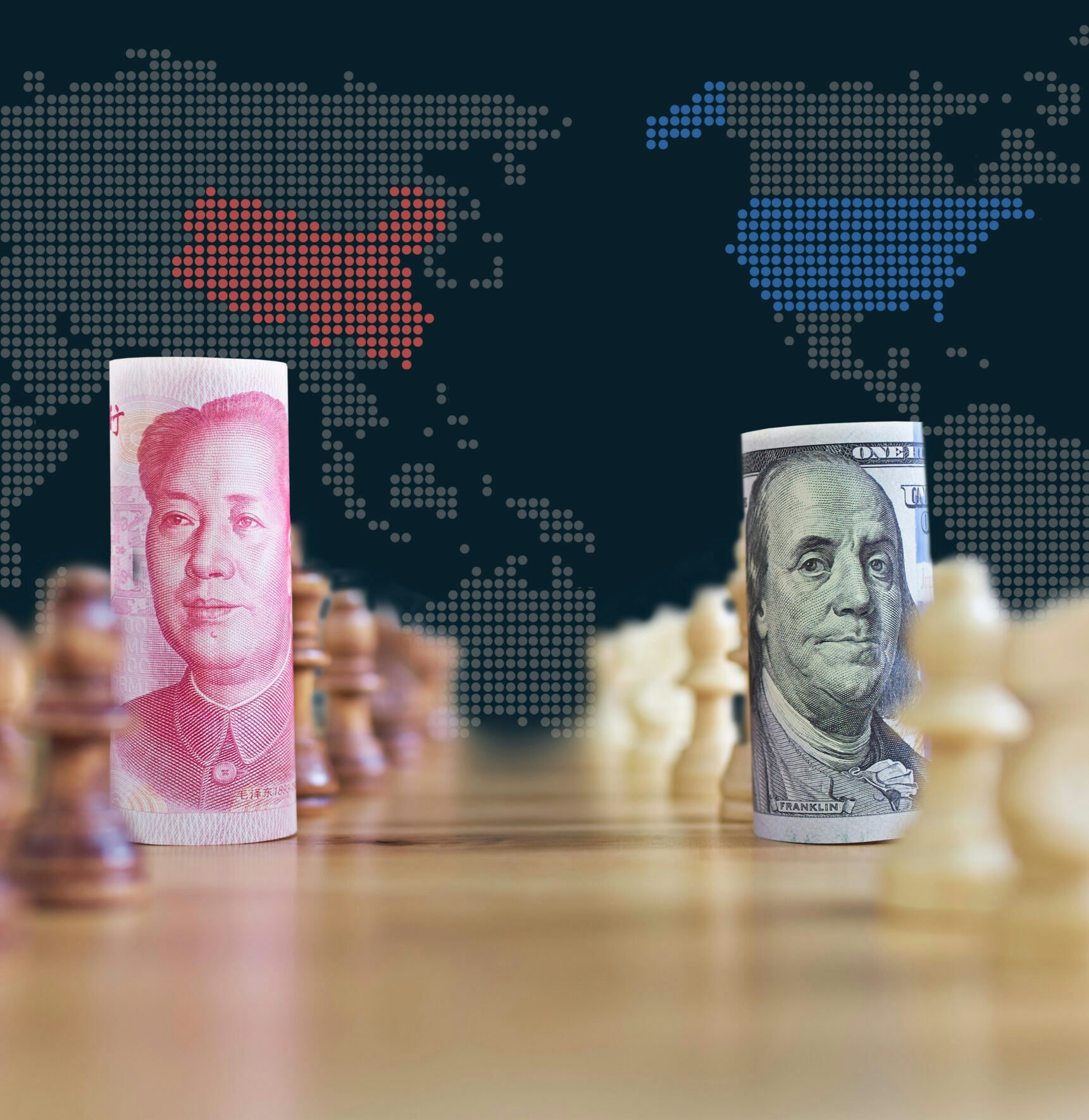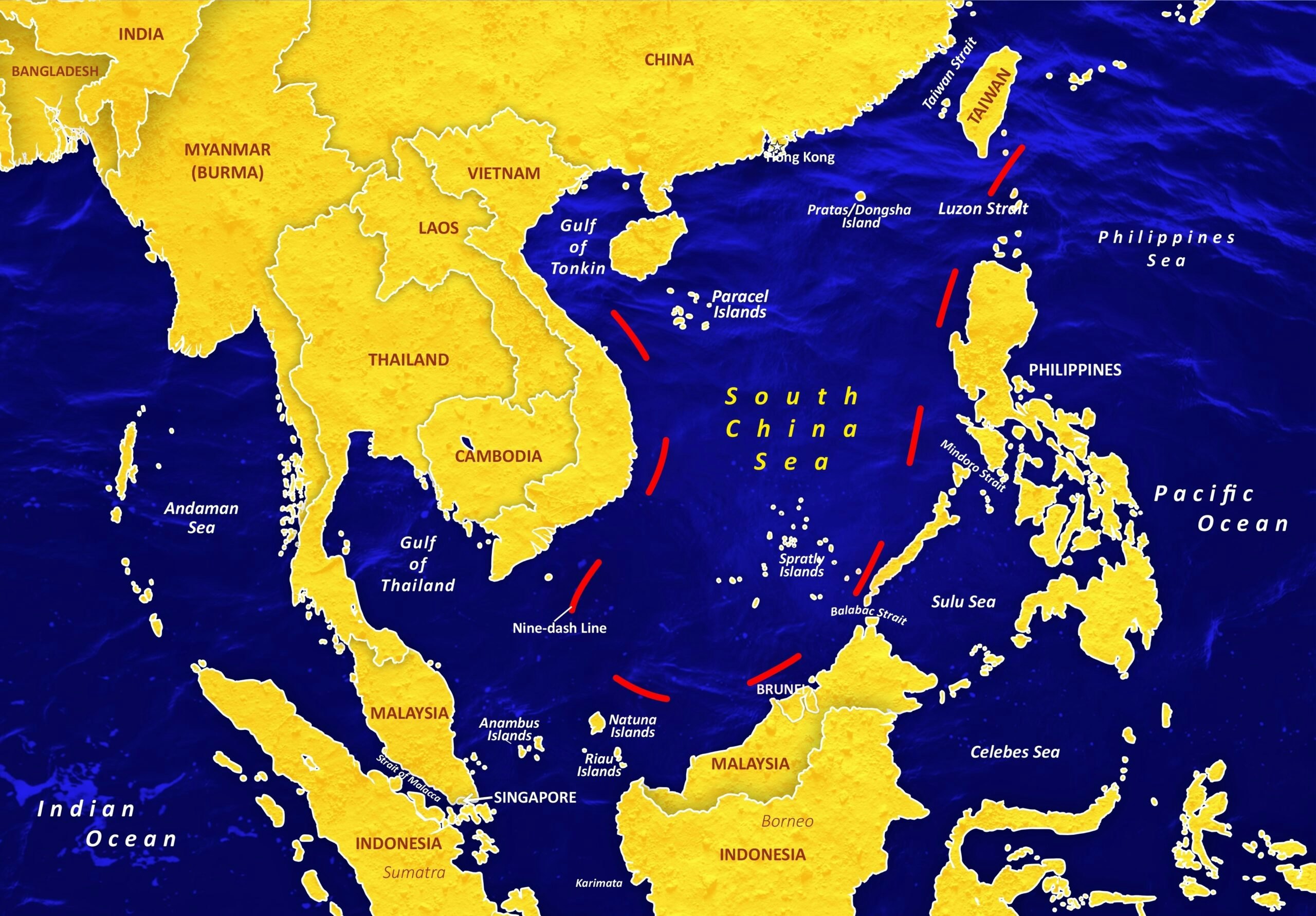President Donald Trump and his appointees have rightly said since coming into office that the war in Ukraine, the bloodiest conflict in Europe since World War II, needs to end.
The president is also correct when he states that the United States needs to approach the war, which Russian leader Vladimir Putin started and bears full responsibility for, from a position of strength, with the goal to “stop the killing.” The conflict has now caused well over a million dead or injured since it started in 2014 with the Russian invasion and illegal annexation of Crimea.
No one wants peace more than Ukraine and Ukrainians, who have suffered immensely while fighting valiantly for their freedom and their homeland. A sustainable path for peace requires the following actions, as the Bush Institute outlined in a policy brief in December:
- Continued U.S military support for Ukraine.
- Enhanced sanctions against Russia and seizing $300 billion in frozen Russian assets in Western financial institutions.
- Providing a path for Ukraine’s membership in NATO.
- Accountability for the crimes against humanity committed by Russia against Ukraine and Ukrainians.
It’s heartening that President Trump and his appointees, including retired General Keith Kellogg, the Special Envoy for Russia and Ukraine, are intensely focused on achieving peace in Ukraine.
But earlier this week, at a meeting of the Ukraine Defense Contact Group, Defense Secretary Pete Hegseth outlined the administration’s nascent U.S. position on ending the war in Ukraine, as well as the future of European security and U.S. involvement in Europe. It takes a different approach.
The basic elements boil down to these:
- The return of Ukraine’s “pre-2014 borders” from Russian occupation is an “unrealistic objective.”
- Ukraine must receive “robust security guarantees,” including potentially a multinational peacekeeping force, but which would exclude any U.S. troops.
- Ukraine’s membership in NATO is “not a realistic outcome” of any negotiated settlement. The United States would, however, “attempt to drive down energy prices that fund the Russian war machine,” coupled with “more effective enforcement of energy sanctions” against Russia to bring Putin to the negotiating table.
While Hegseth walked back some of his comments the next day, he explained that the United States will henceforth be “prioritizing deterring China in the Indo-Pacific.” He also said that “European leaders must lead from the front” regarding the threat from Russia, a “division of labor that maximizes our comparative advantages in Europe and Pacific respectively.”
But global security challenges in Europe and the Indo-Pacific are intexricably linked. Providing vital military assistance to Ukraine would also help deter China from attacking Taiwan or colluding with other U.S. adversaries, including Russia, North Korea, and Iran. These adversaries are watching closely to see whether the leader of the free world will sustain our support for Ukraine, and they will act accordingly if our resolve weakens.
It is true that Europe needs to step up its support for Ukraine, and European leaders have been missing in action for decades in countering the Russian threat. But it is equally true that the United States needs to continue to play the role of guarantor of peace and stability in Europe, something it has done since World War II. This means being actively engaged in Ukraine today.
In response to the new U.S. strategic posture, European leaders including France, Germany, Poland, Spain, and the United Kingdom – or the so-called Weimar+ Group – issued a statement reaffirming European support for Ukrainian sovereignty and territorial integrity and a commitment to “strengthen our collective defense capabilities.” These words must now turn into rapid action.
This weekend, Vice President J.D. Vance, who voiced stronger support for Ukraine following Hegseth’s remarks, and Secretary of State Marco Rubio will meet with Ukraine’s President Volodymyr Zelenskyy at the annual Munich Security Conference, in what could be a decisive moment for not only the fate of Ukraine, but for the future of Europe. Ukraine must be involved and have a major say in every stage of any negotiations.
If the United States wants to ensure that Russian aggression in Europe can never be repeated, it should offer a path forward for a just and lasting peace in Ukraine that includes Ukraine at the negotiating table, reaffirms the commitment to Ukraine’s internationally recognized borders, and a path to eventual NATO membership.
Otherwise, Europe and the United States may find themselves in the same place as they were after another infamous agreement concluded in Munich in 1938 – on the precipice of a devastating global armed conflict. This outcome is still avoidable if we help Ukraine prevail.
Igor Khrestin is the Bradford M. Freeman Managing Director of Global Policy at the George W. Bush Institute, where David J. Kramer is Executive Director.


























